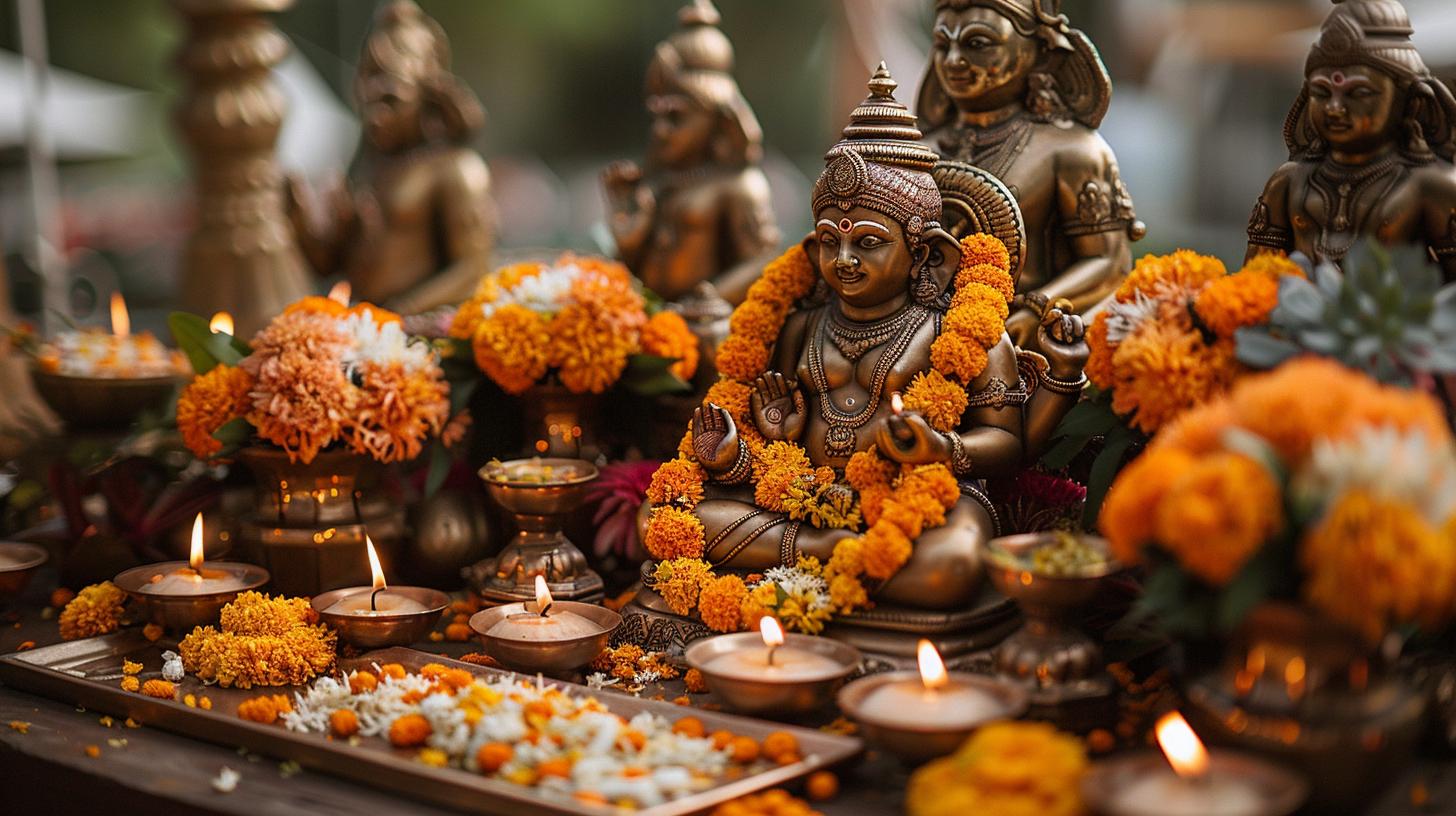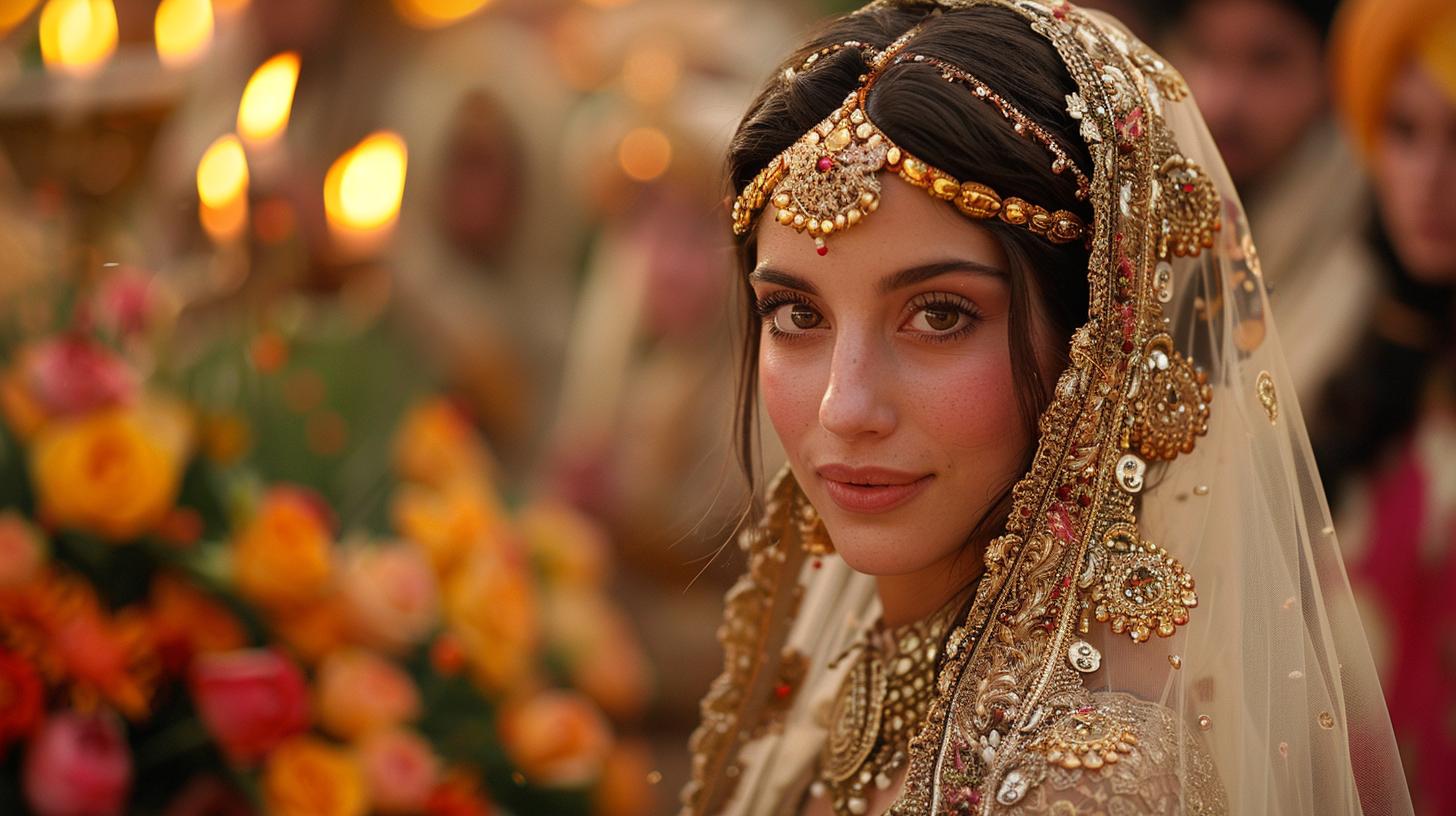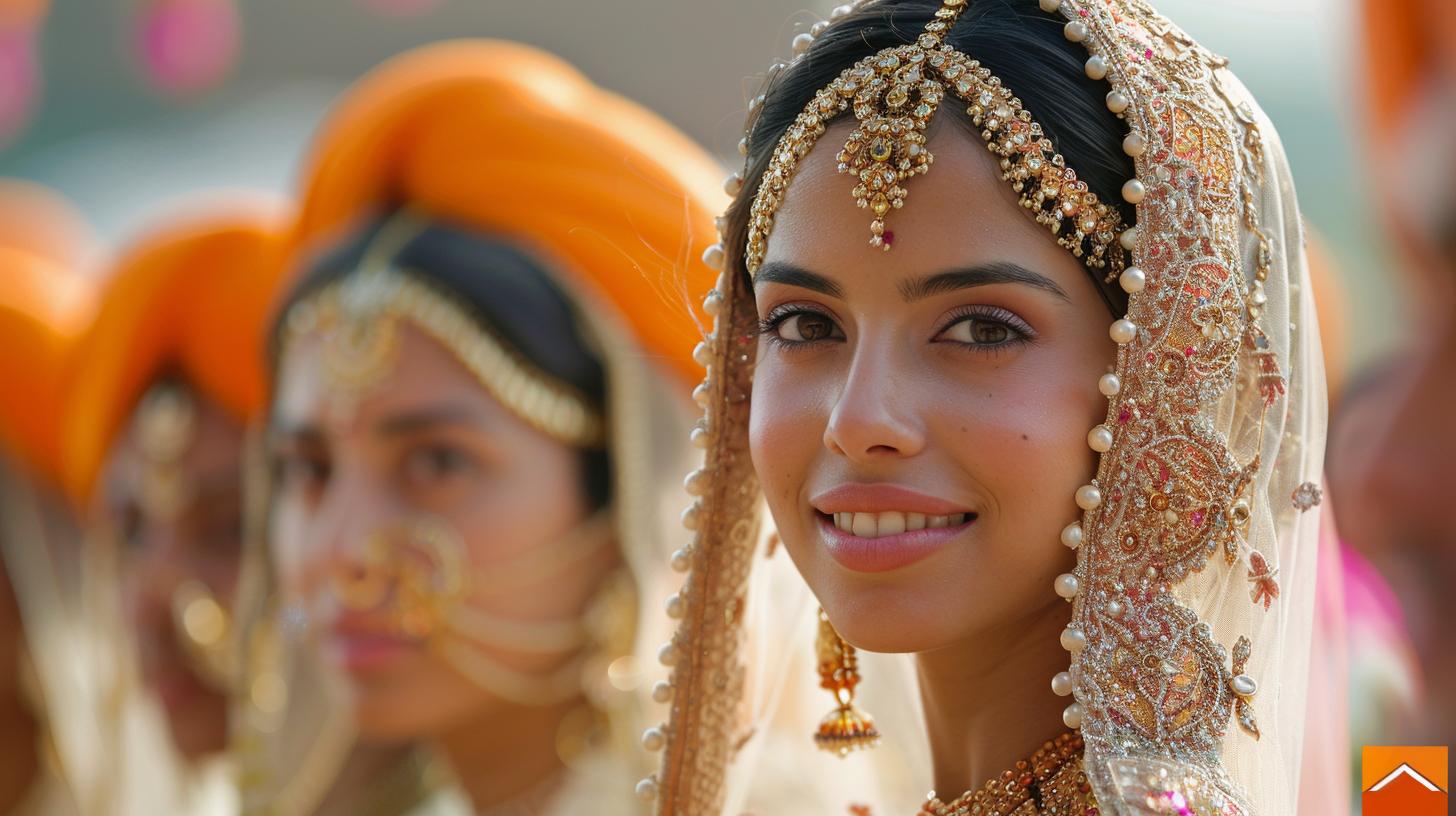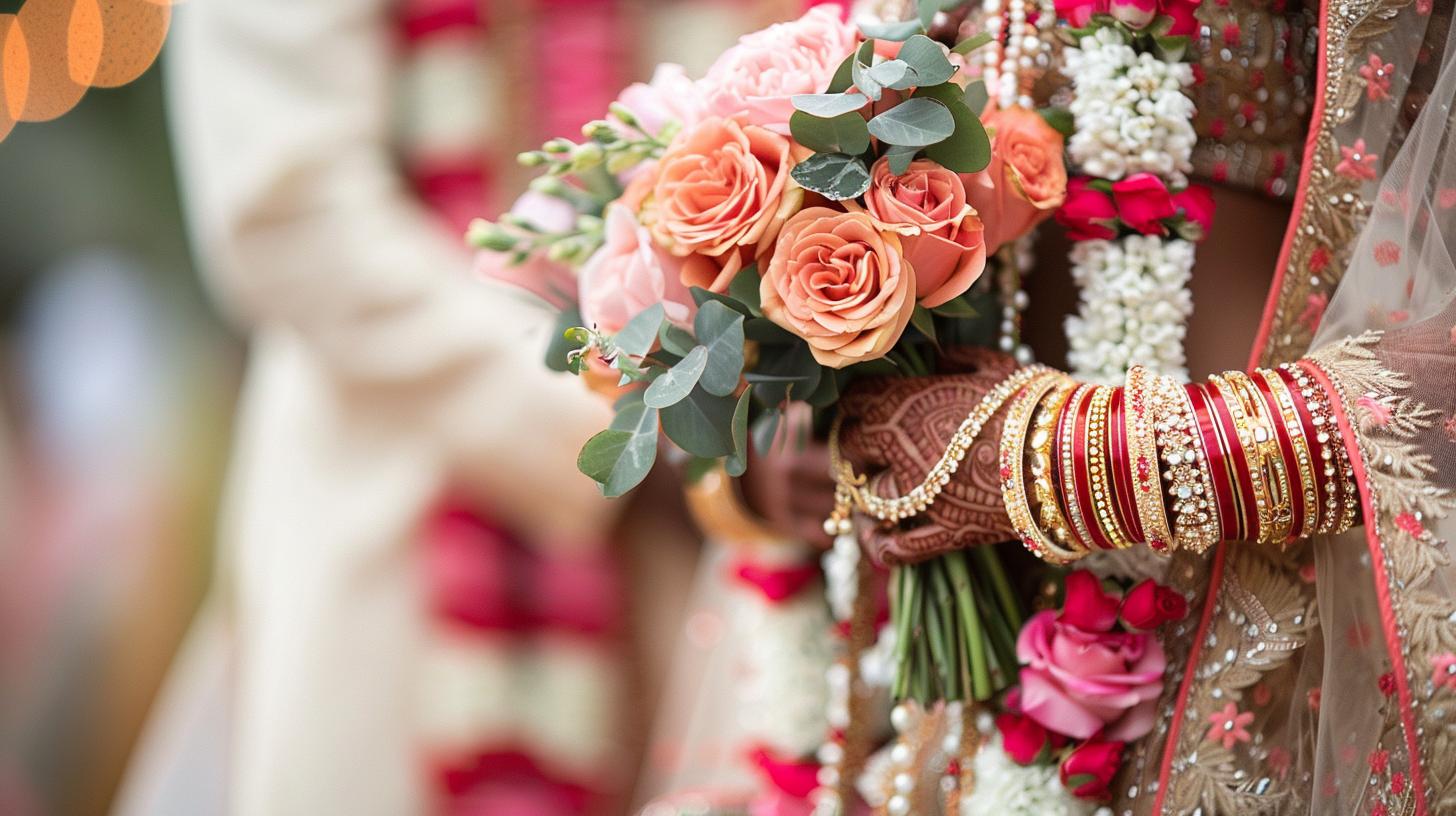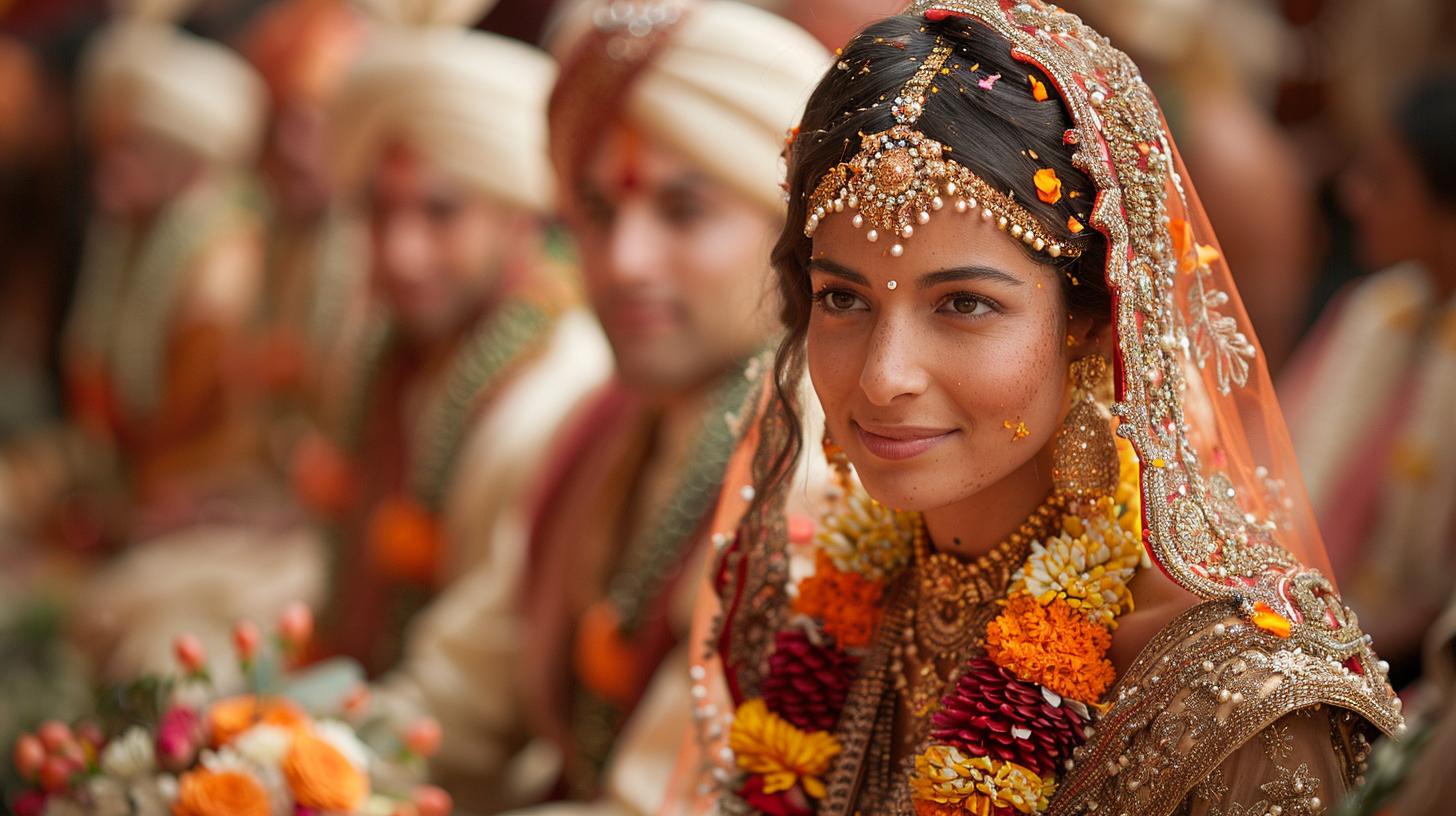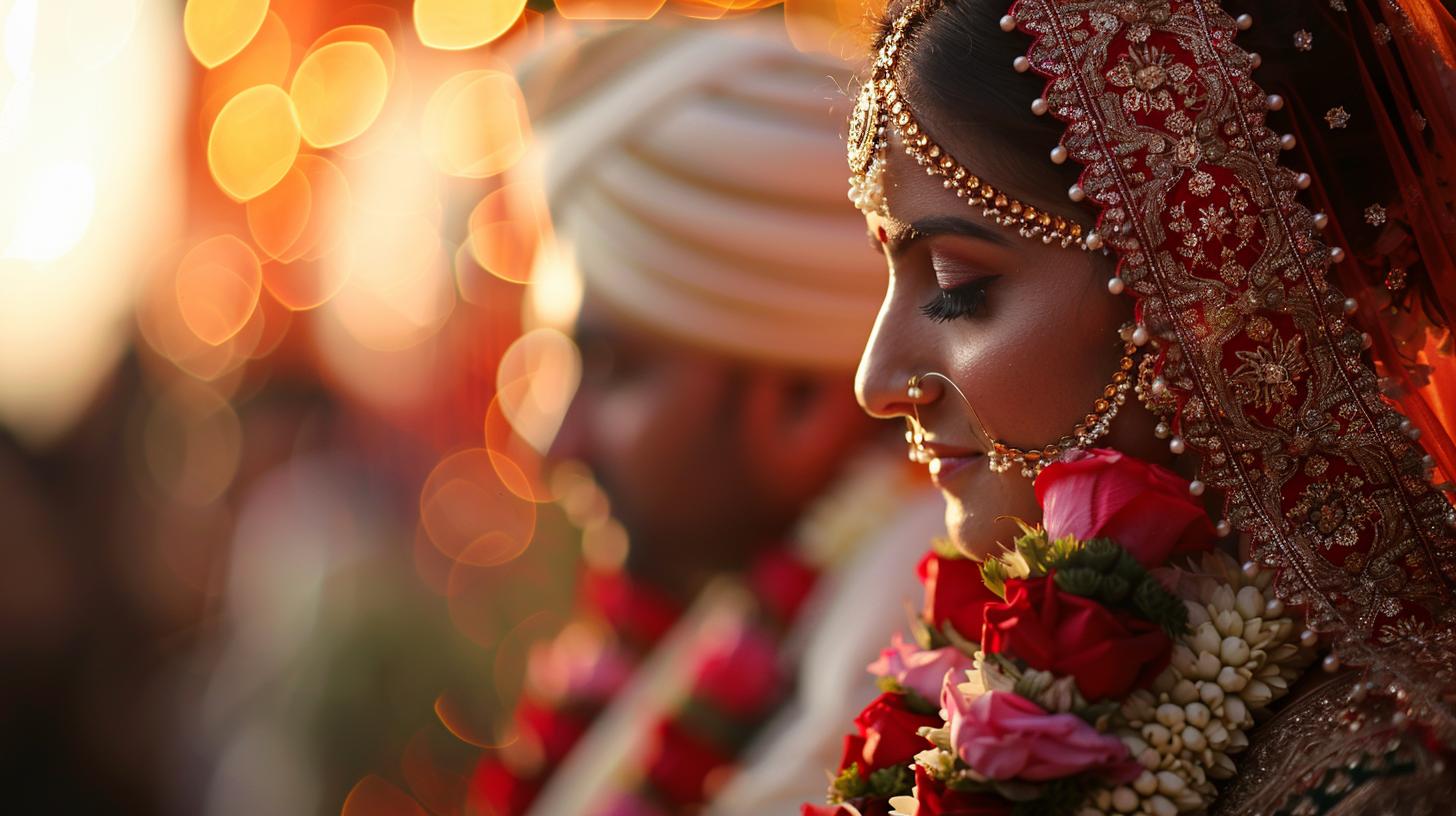Traditional Indian Wedding Procedure: A Vibrant and Cultural Celebration in Every Detail
Traditional Indian weddings are vibrant celebrations rich in tradition and cultural significance. From pre-wedding rituals like the Sangeet and Mehndi ceremonies to the wedding day traditions like the arrival of the bride and groom, each detail holds deep spiritual meaning.
With rituals like the Jai Mala and the significance of the Mangala Sutra, these weddings beautifully unite families and invoke blessings for a blessed union. Incorporating modern elements while honoring age-old customs, these weddings blend tradition and modernity seamlessly.
Overview of Traditional Indian Wedding Procedures
Traditional Indian weddings are intricate ceremonies that blend cultural traditions with spiritual symbolism. Each step of the wedding process is carefully planned and filled with meaning, uniting not only the bride and groom but also their families.
The Pre-Wedding Rituals and Celebrations
Before the wedding day, several pre-wedding rituals and celebrations take place to prepare for the auspicious occasion. These include:
- The Sangeet Ceremony
- The Mehndi Ceremony
The Wedding Day Traditions
On the actual wedding day, various traditions and customs are observed, each holding its own significance.
Key elements include:
- The Arrival of the Bride and Groom
- The Importance of Fire in the Ceremony
Rituals and Customs During the Wedding
During the wedding ceremony itself, there are traditional rituals and customs that symbolize different aspects of the union. These include:
- The Jai Mala Ritual
- The Symbolism Behind the Mangala Sutra
The Union of Families Through Traditional Indian Weddings
One of the most beautiful aspects of traditional Indian weddings is how they bring families together.
Important components of this unity include:
- The Role of Family Members in the Wedding
- Invoking Gods and Goddesses for a Blessed Union
Incorporating Modern Elements into a Traditional Indian Wedding
To make the wedding ceremony even more special, modern elements are often incorporated to create a unique blend of tradition and modernity.
Examples include:
- Fusion Weddings: Balancing Tradition and Modernity
- Personalized Touches to Make Your Wedding Unique
The Importance of Rituals and Traditions in Hindu Weddings
Hindu weddings are rich in rituals and traditions that hold deep spiritual and cultural significance. Each ritual and tradition is carefully designed to symbolize blessings and invoke divine presence in the sacred union of marriage.
The Significance of Mehndi Ceremony
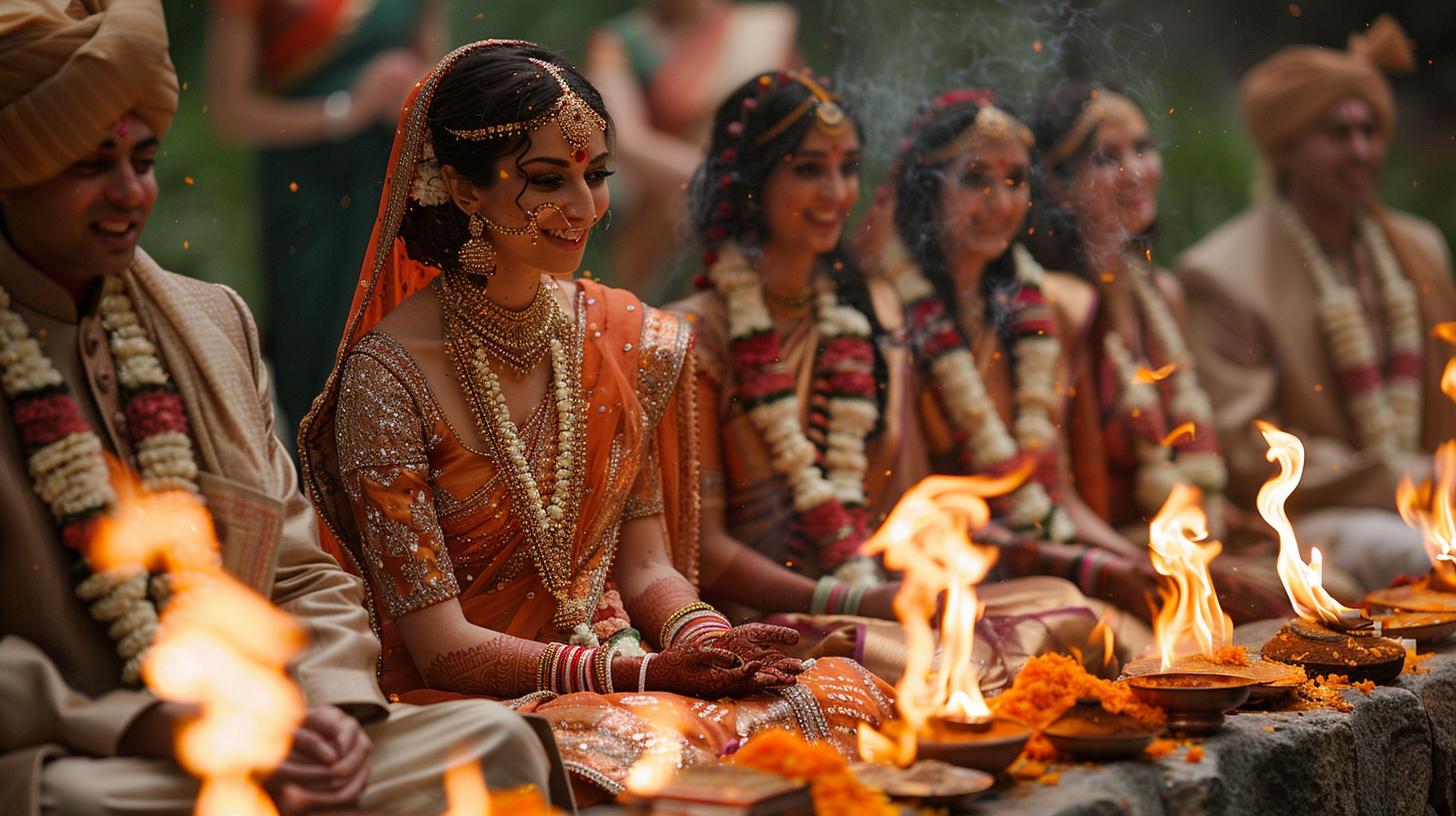
The Mehndi ceremony is a pre-wedding ritual where intricate henna designs are applied to the bride’s hands and feet. This ceremony symbolizes the beauty and auspiciousness of marriage, as well as the bond between the bride and her future husband.
The Symbolism Behind Bride’s Attire
The attire worn by the bride during a Hindu wedding carries great symbolic meaning. The traditional red saree or modern lehenga symbolizes commitment, fertility, and prosperity. The bride’s attire reflects the cultural values and traditions of Hindu weddings.
The Baraat: A Joyful Arrival
The Baraat is a joyful procession where the groom arrives at the wedding venue with his family and friends. This lively and celebratory event is accompanied by music, dancing, and jubilation, symbolizing the groom’s excitement and readiness to start a new chapter in his life.
The Sacred Ceremony: Kanyadaan and Mandap Decor
The Role of Kanyadaan in Hindu Weddings
In Hindu weddings, the Kanyadaan ceremony holds significant importance. It is a deeply emotional ritual where the father of the bride offers his daughter’s hand in marriage to the groom, symbolizing the entrusting of her care and happiness to her future spouse.
The Essence of Mandap Decoration
The Mandap, the sacred canopy under which the wedding ceremonies take place, is adorned with vibrant flowers, fabrics, and intricate decorations symbolizing prosperity and fertility. The beautiful decoration of the Mandap sets the tone for the auspicious union about to take place.
The Spiritual Connection in the Ceremony
As the bride and groom, accompanied by their families, come together under the Mandap, a sense of spirituality envelops the ceremony. The sacred fire, Agni, burns brightly in the center, symbolizing the divine presence and witness to the union of two souls embarking on a lifelong journey together.
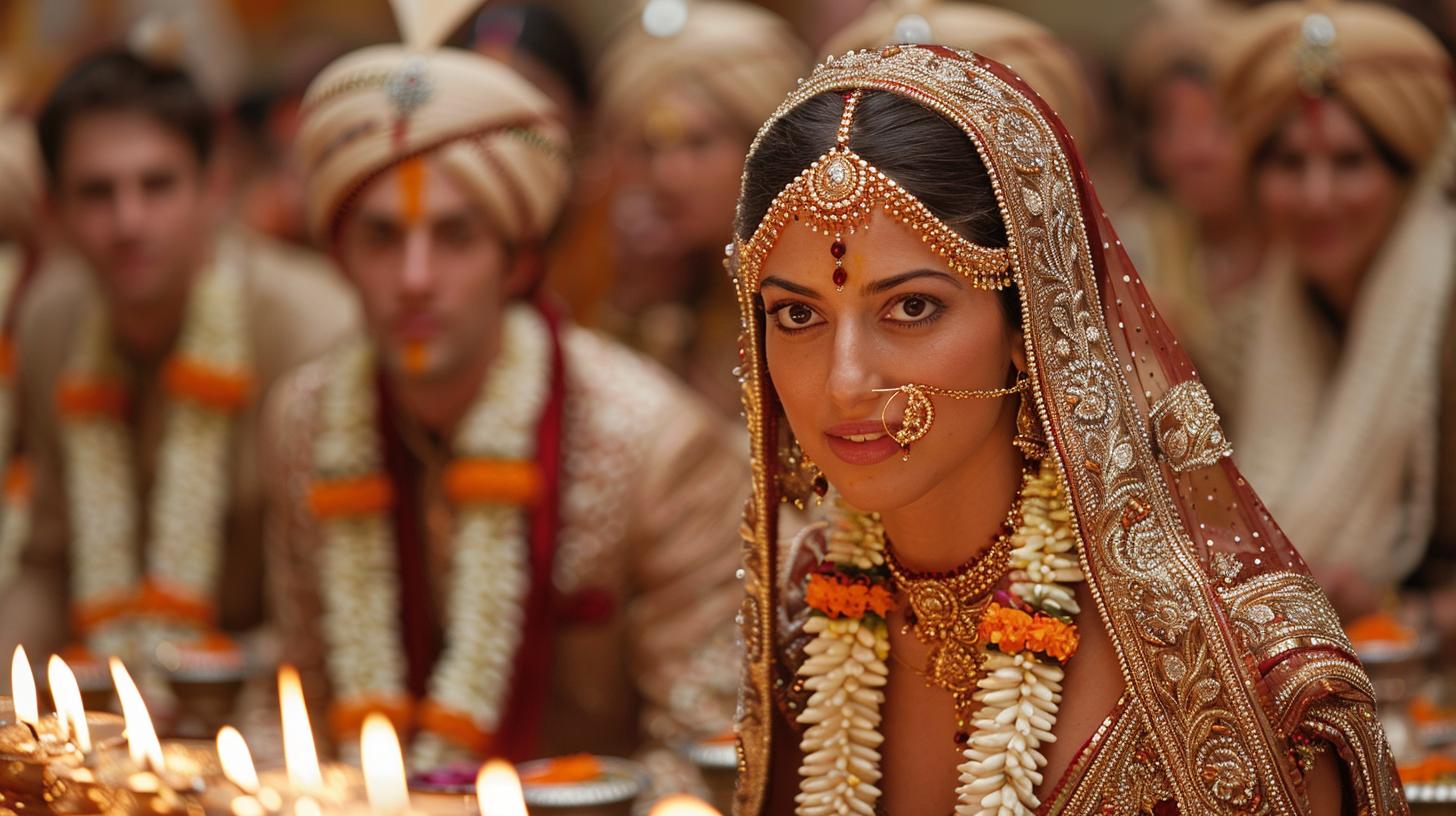
Symbolic Exchanges: Jai Mala and Mangala Sutra
Symbolic exchanges during a traditional Indian wedding hold deep significance, representing the union of two souls and families. Let’s delve into the beautiful rituals of Jai Mala and Mangala Sutra that enrich the matrimonial journey.
Exchanging Garlands in Jai Mala
- Garland exchange marks acceptance and mutual respect.
- The floral garlands symbolize love and unity.
- Each garland represents the bride and groom’s willingness to embrace one another.
Placing the Auspicious Mangala Sutra
- The Mangala Sutra is a sacred necklace symbolizing marital commitment.
- It signifies the groom’s promise to protect and cherish his bride.
- The necklace’s design reflects cultural heritage and values.
Invoking Blessings through Rituals
- Rituals like Jai Mala and the Mangala Sutra invoke blessings for a prosperous union.
- Elders offer prayers for the couple’s lifelong happiness and harmony.
- These sacred acts strengthen the bond between the families and the couple.
Celebrating Love and Tradition: From Ceremonies to Reception
Fusion of Cultures in Wedding Ceremonies
Indian weddings are a beautiful blend of traditional rituals and modern influences, showcasing the fusion of cultures and traditions.
The incorporation of diverse elements adds depth to the celebration and highlights the diversity of love.
The Elegance of Bridal Party
One of the most captivating elements of an Indian wedding is the elegance of the bridal party. From the stunning outfits to the intricate jewelry, the bridal party exudes grace and sophistication, adding to the grandeur of the occasion.
Festive Reception and Dance Celebrations
As the wedding ceremonies culminate in the reception, the celebration reaches its peak with vibrant dance performances and festive revelry. The energy is infectious as guests join in the merriment, creating a joyous atmosphere that perfectly encapsulates the spirit of love and tradition.
.

